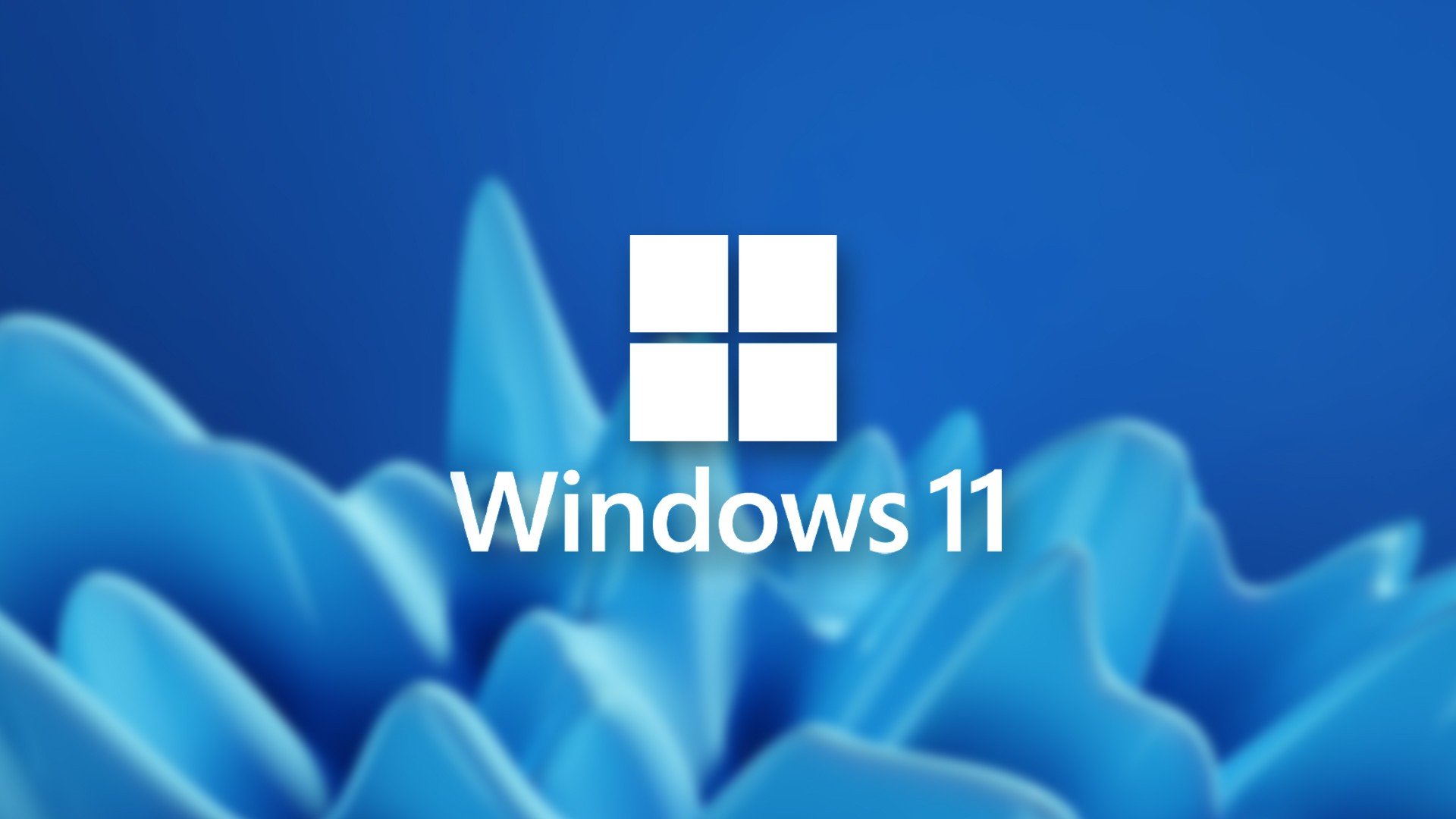If you are having problems with your computer's performance with Windows or you want to clear all your personal data, a good option is to reset Windows to factory settings. In this article, we'll show you how to do that.
Important: Resetting Windows to factory settings will erase all your personal data and installed programs. So, make a backup of your important files before proceeding.
Step 1: Access Windows Settings
Click the Start button and select Settings (the gear icon). You can also press Windows key + I on your keyboard to access Windows Settings.
Step 2: Open recovery options
Within Settings, select “Update & Security”. In the left sidebar, click on “Recovery”.
Step 3: Choose the option to reset Windows
Under “Recovery”, you will find a section called “Reset this PC”. Click "Start" to start the reset process.
Step 4: Choose how you want to reset your PC
Now, you will have two options: “Keep my files” and “Remove everything”. If you choose the first option, Windows will remove all installed programs but keep your personal files like documents, photos and videos. If you choose the second option, Windows will remove all of your personal files and installed programs.
Step 5: Confirm Windows Reset
After choosing an option, the Windows will display a message warning you that the reset will remove all of your personal files and installed programs. Click “Next” and then “Reset” to confirm the action.
Step 6: Wait for the process to complete
Now, just wait until the reset process completes. The amount of time the reset will take depends on the option you choose and your computer's hardware.
Windows Reset Completion
Resetting Windows to factory settings can be a great solution to resolve performance issues or clean up your computer before selling or giving it away. Be sure to back up your important files before proceeding.
Go to Windows Settings, select “Update & Security” and then “Recovery” to start the process. Choose the option “Keep my files” or “Remove everything” and confirm the action. Then just wait for the process to complete.


































